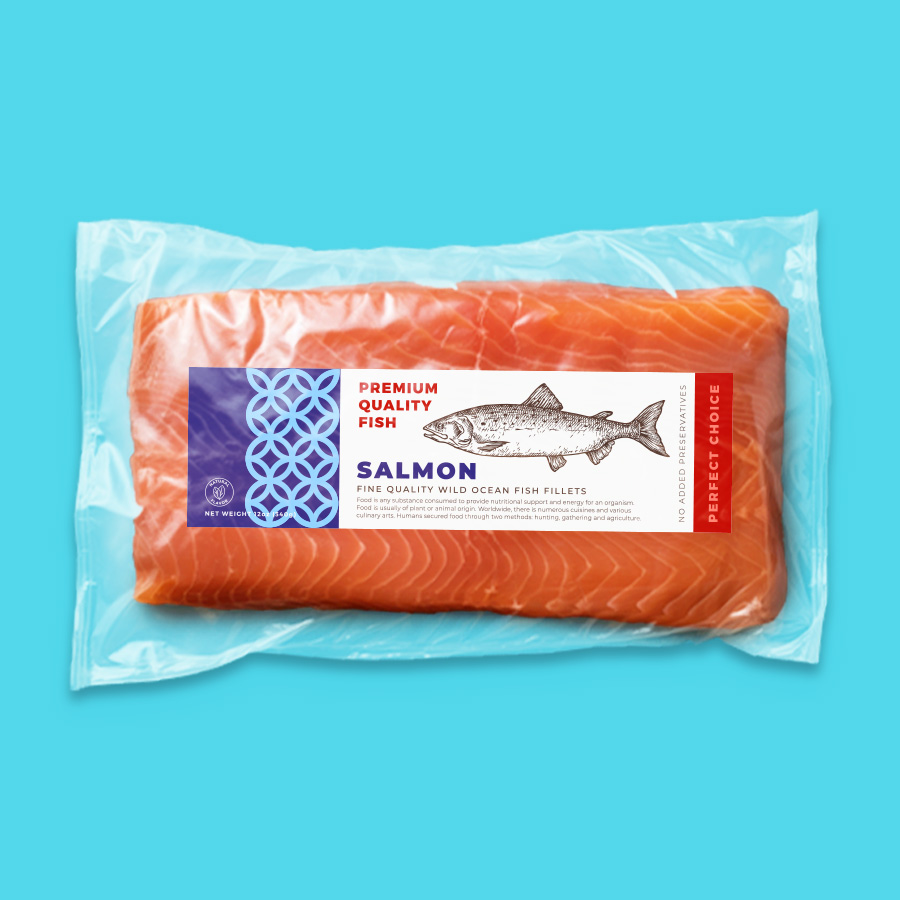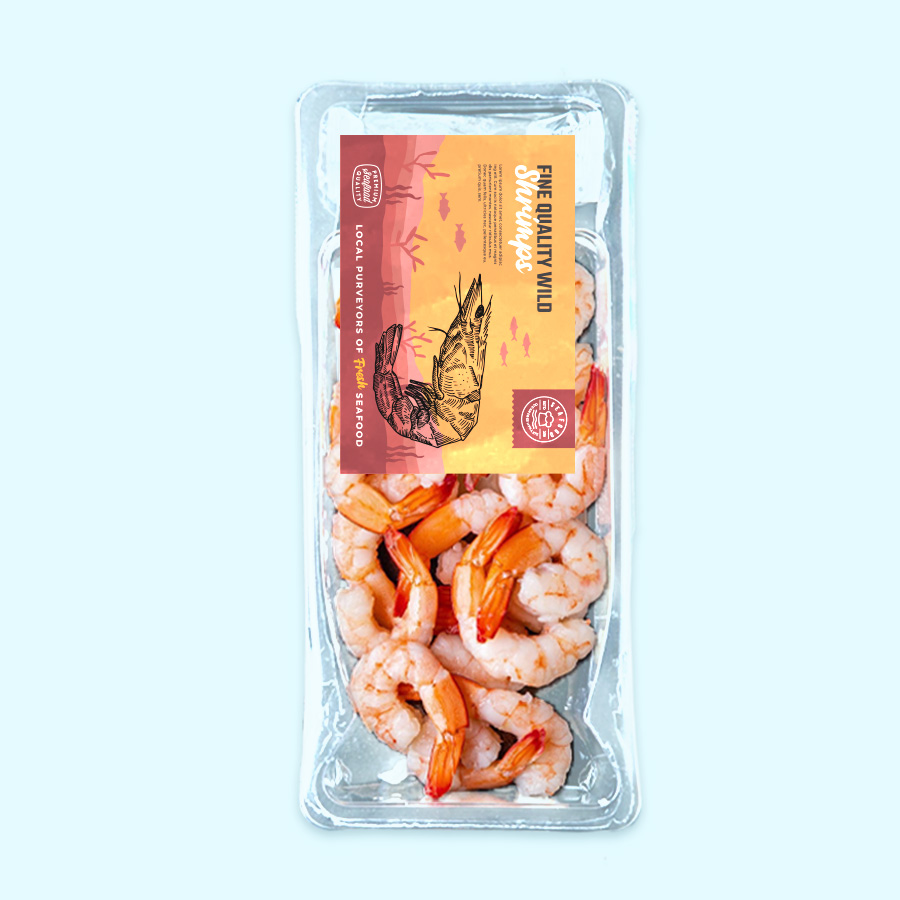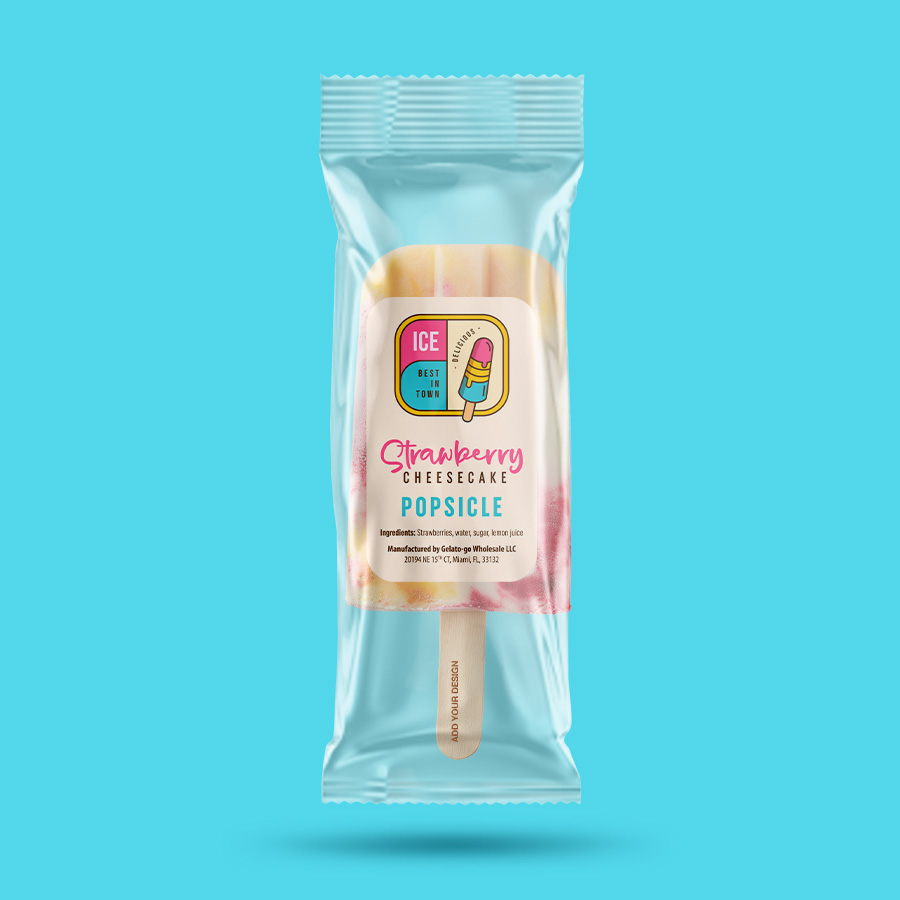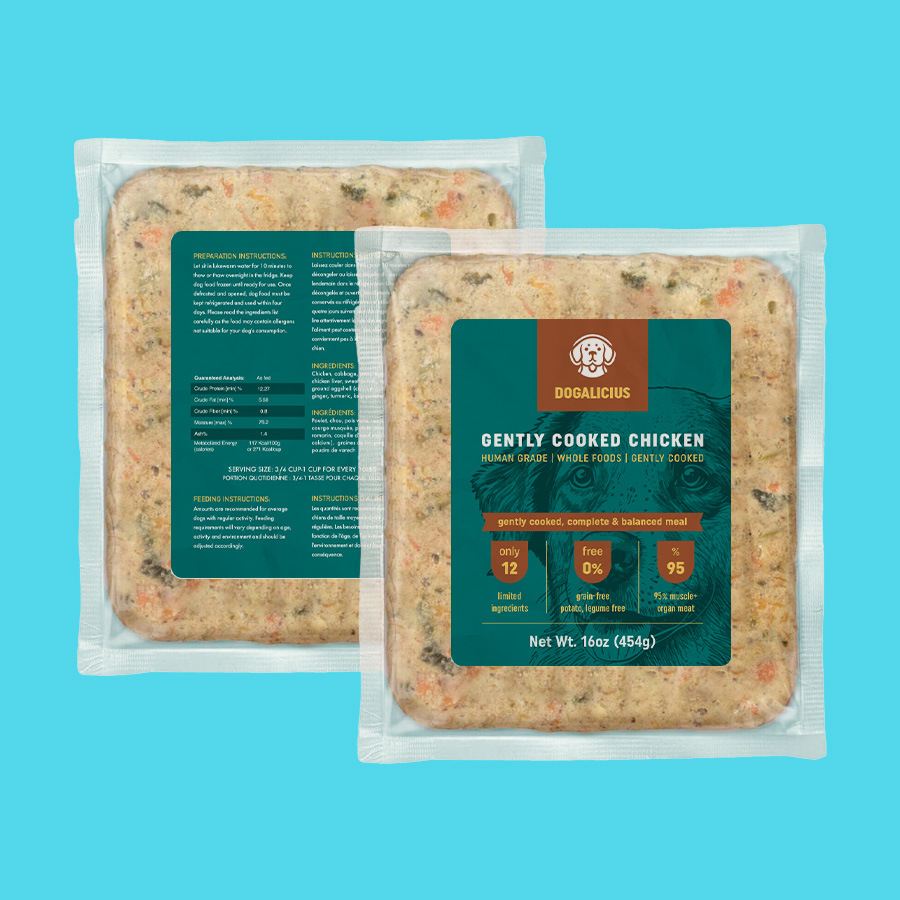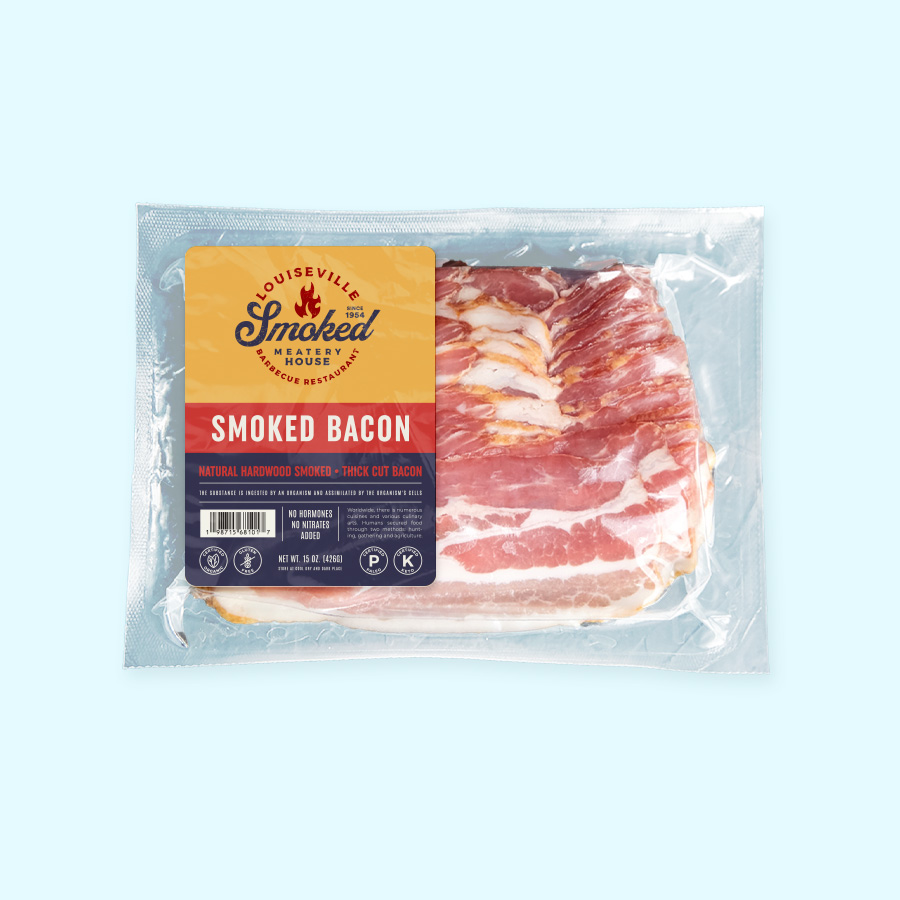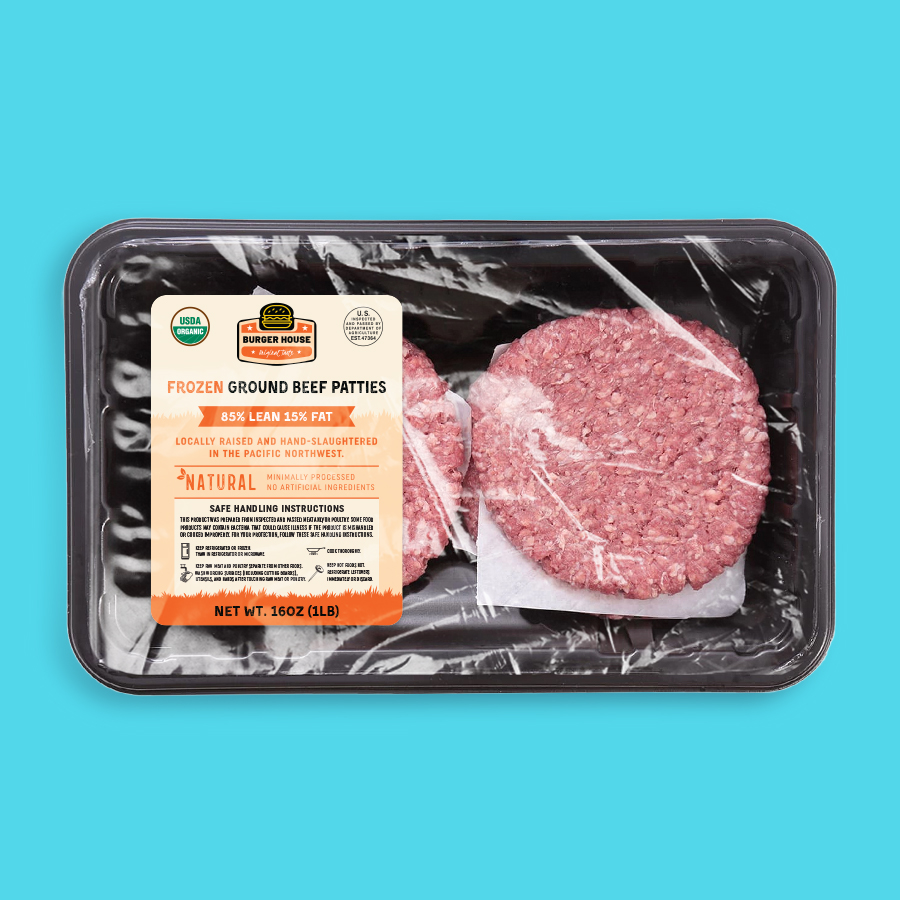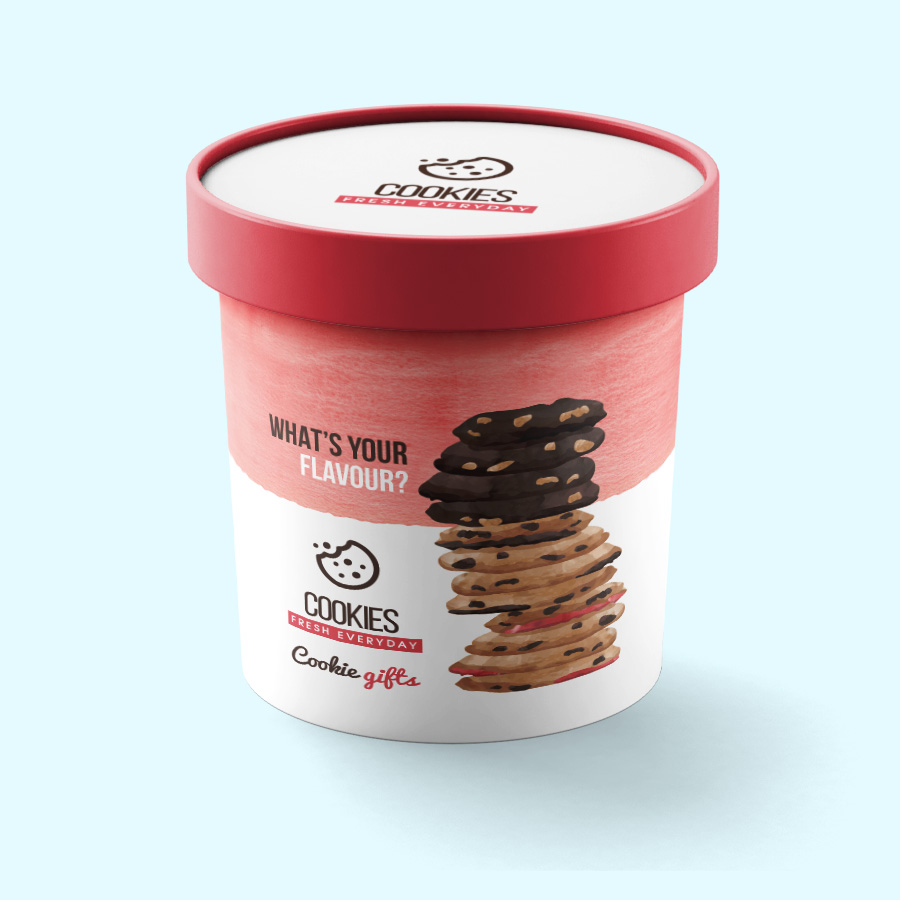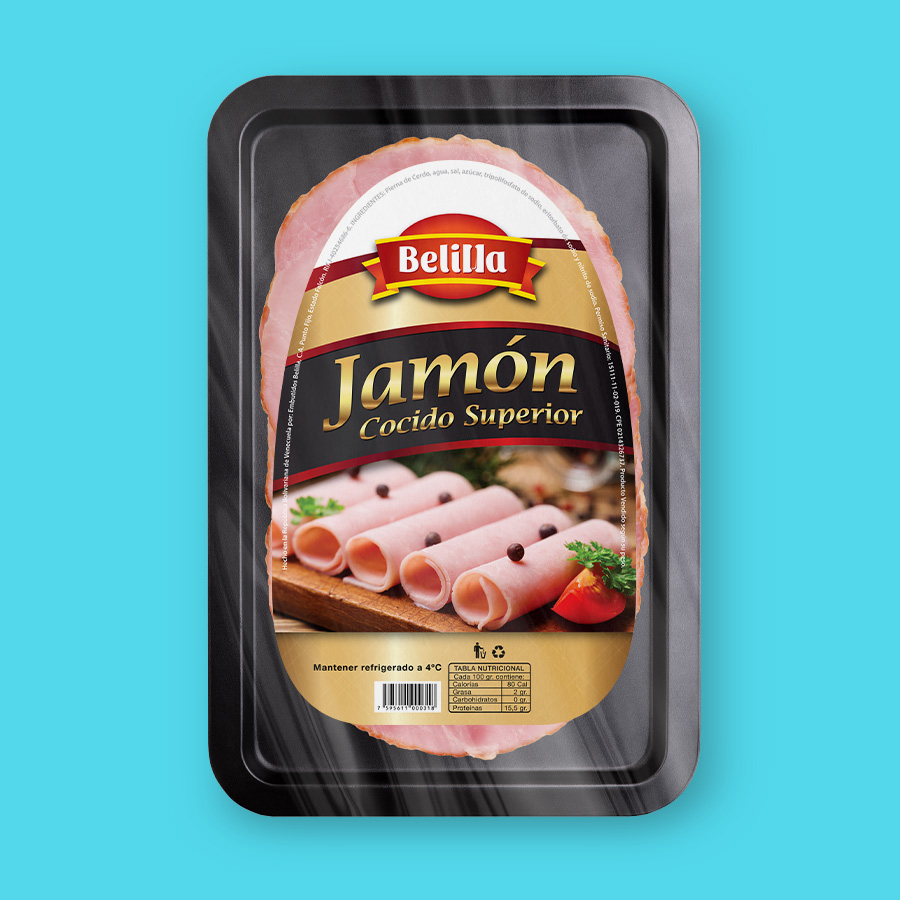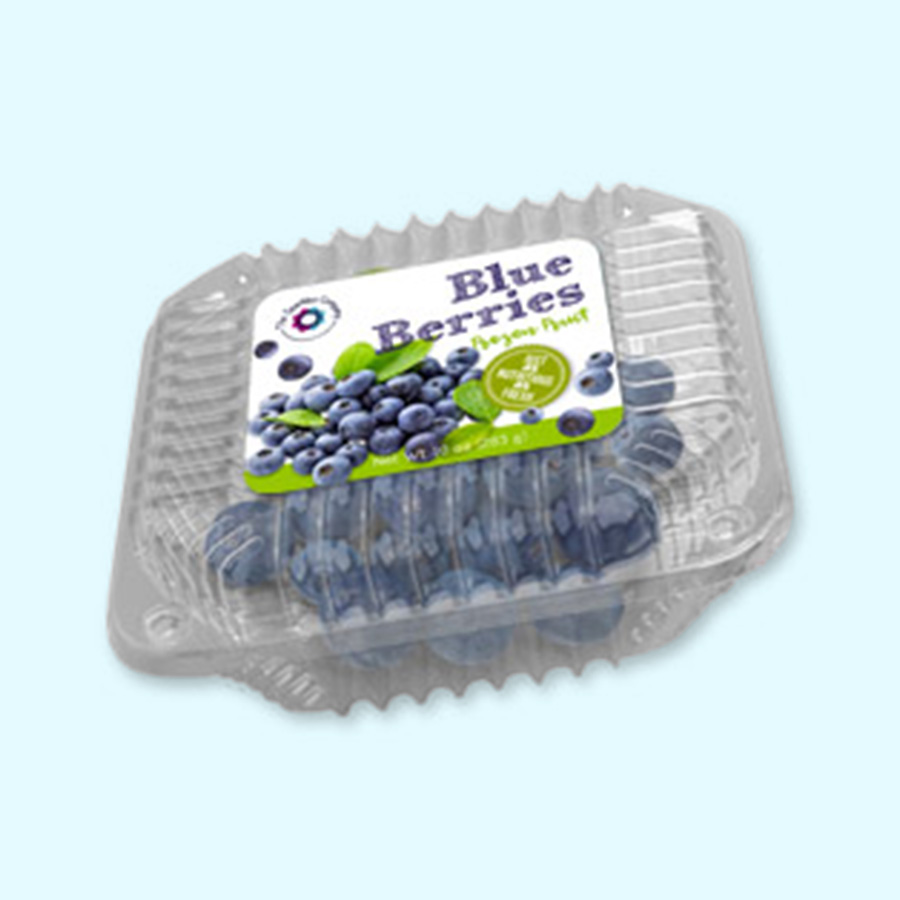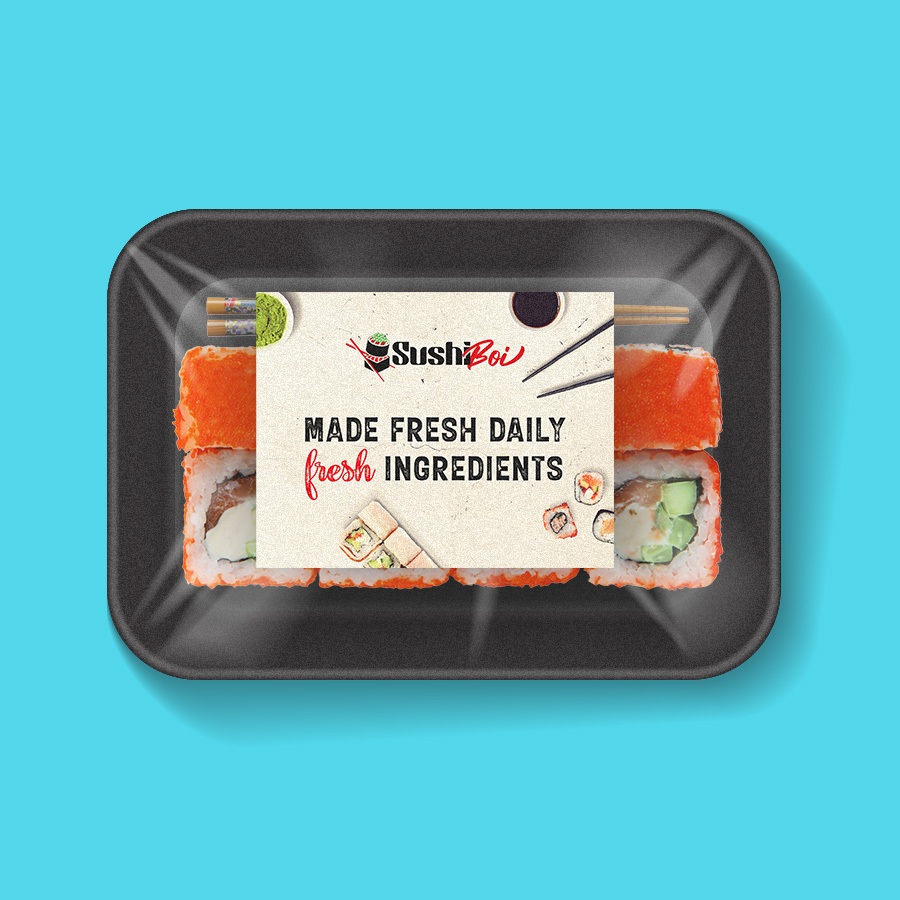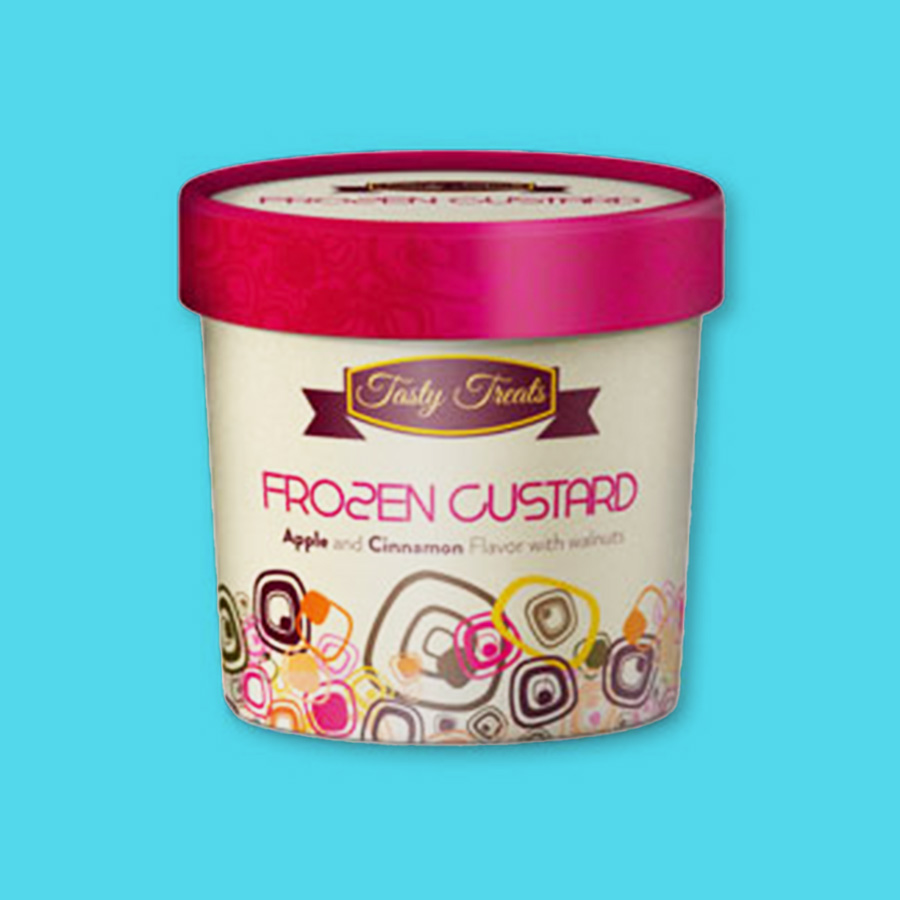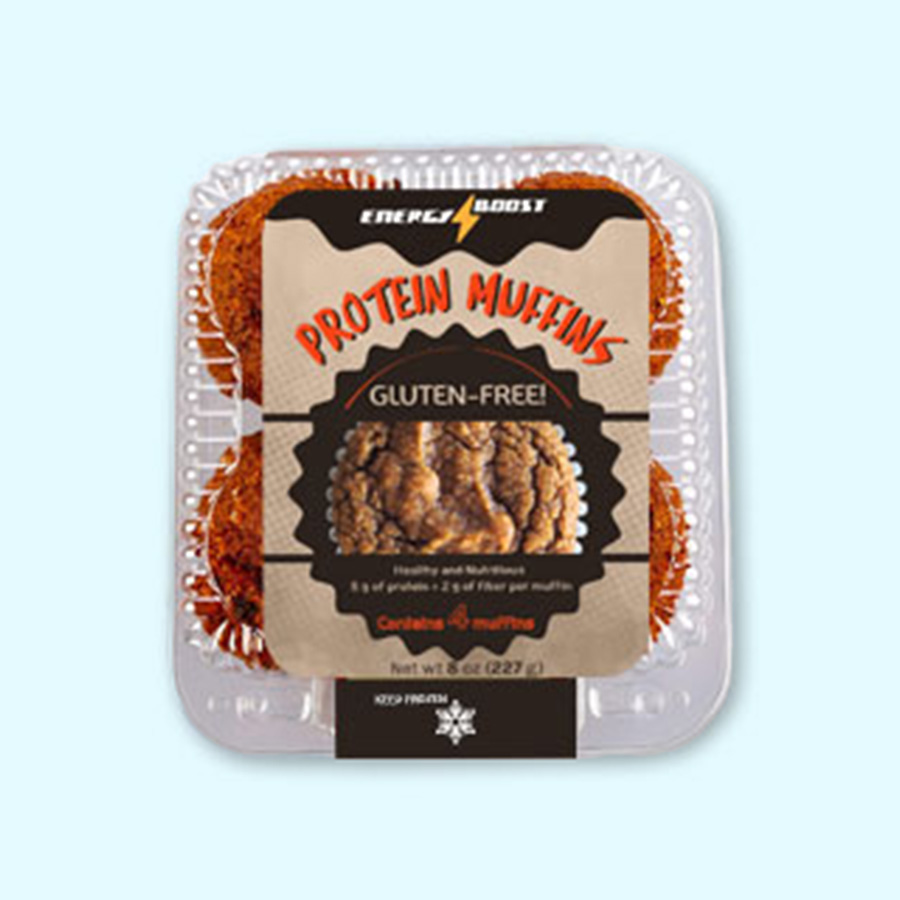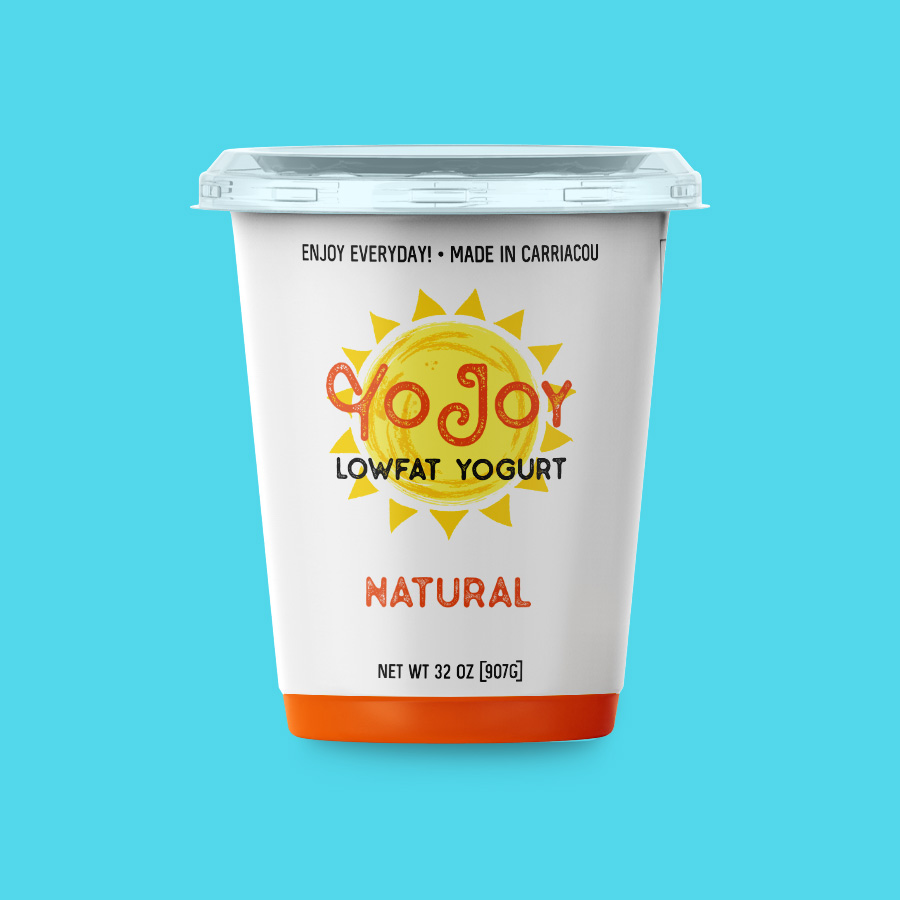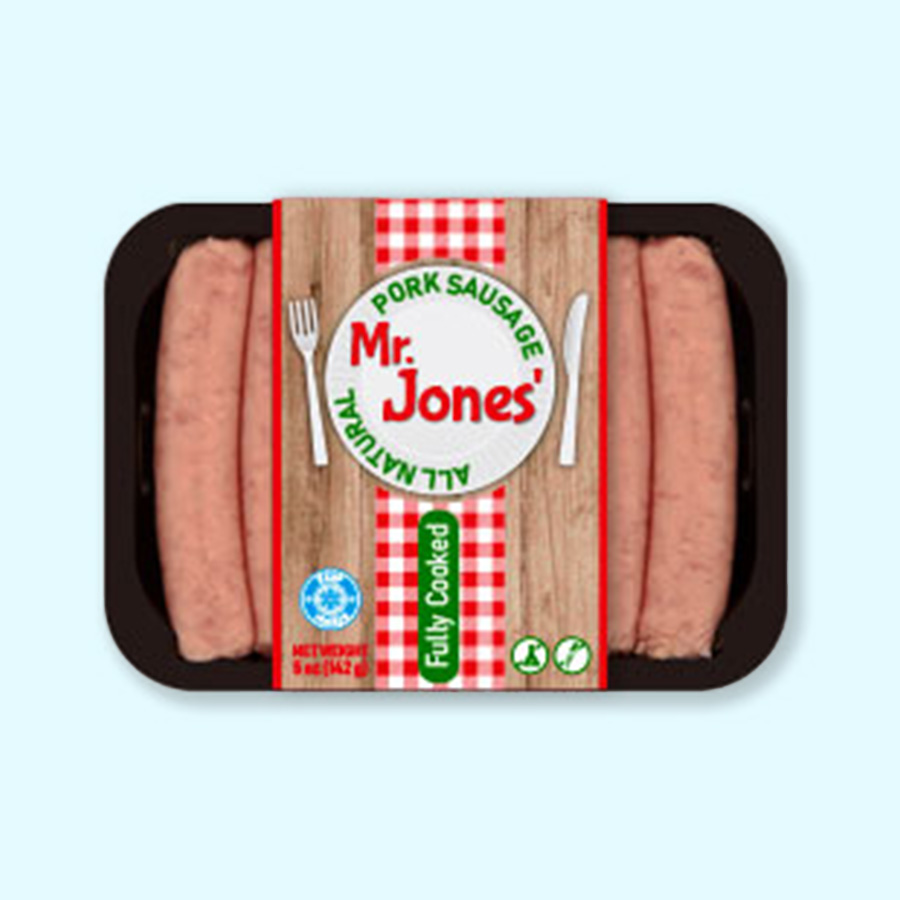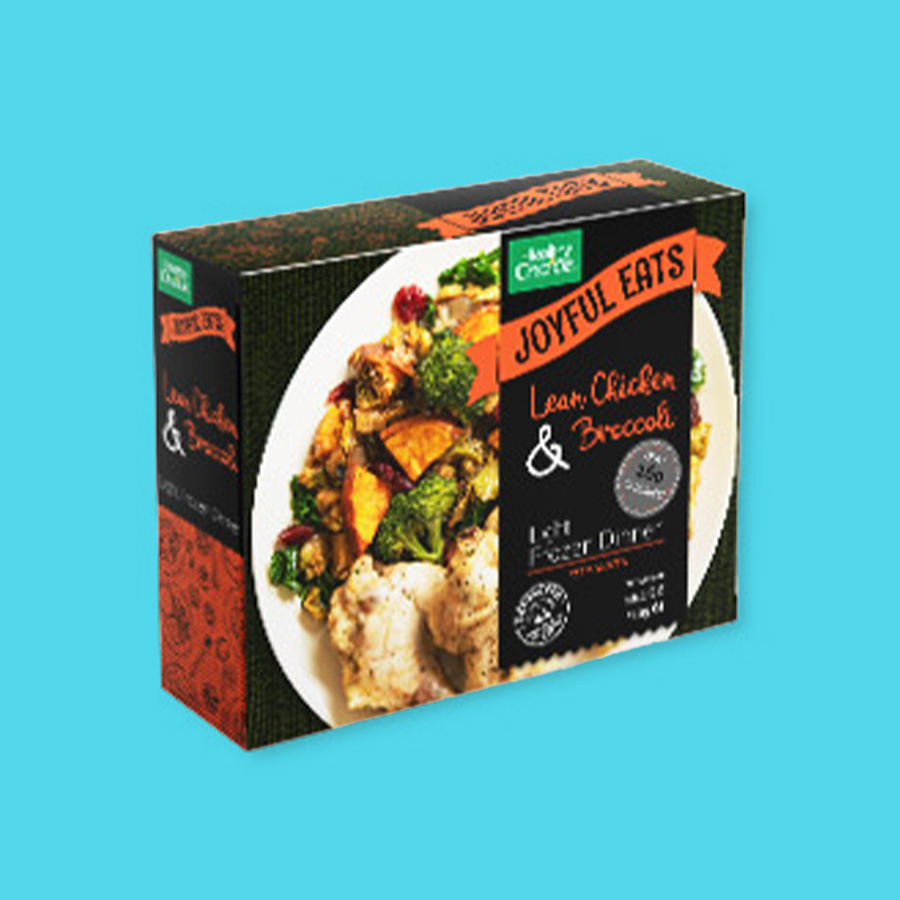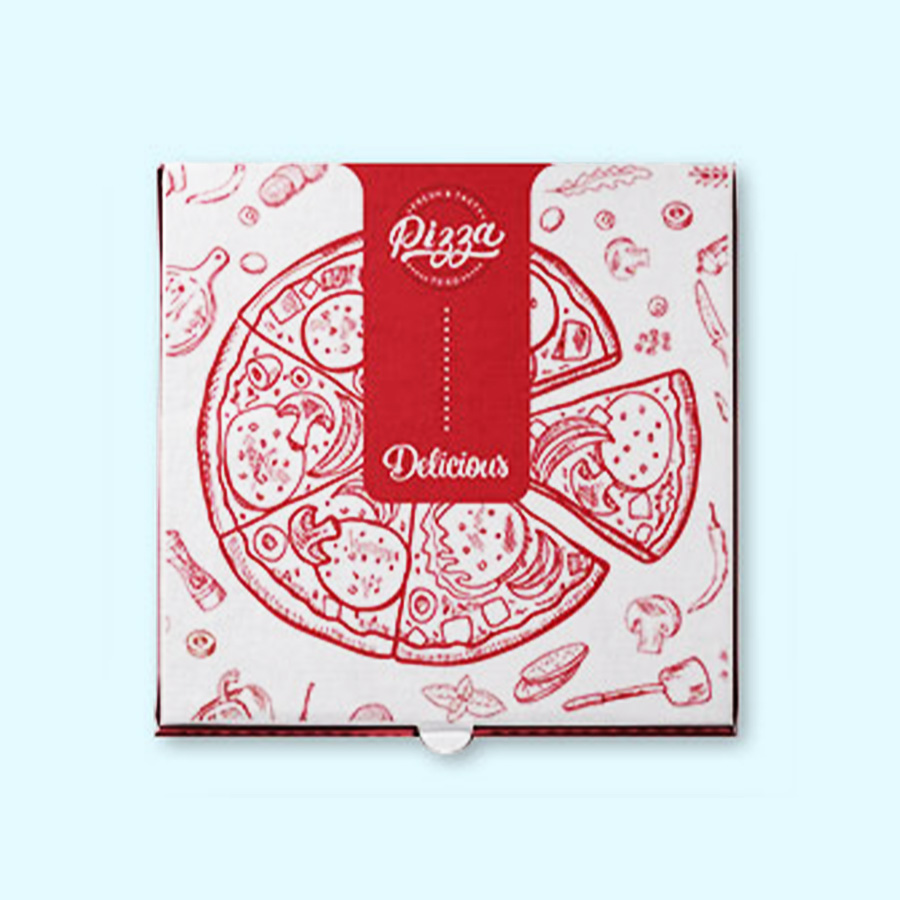Sushi Labels
Order Freezer-Safe Custom Labels for All Sushi Packaging Types
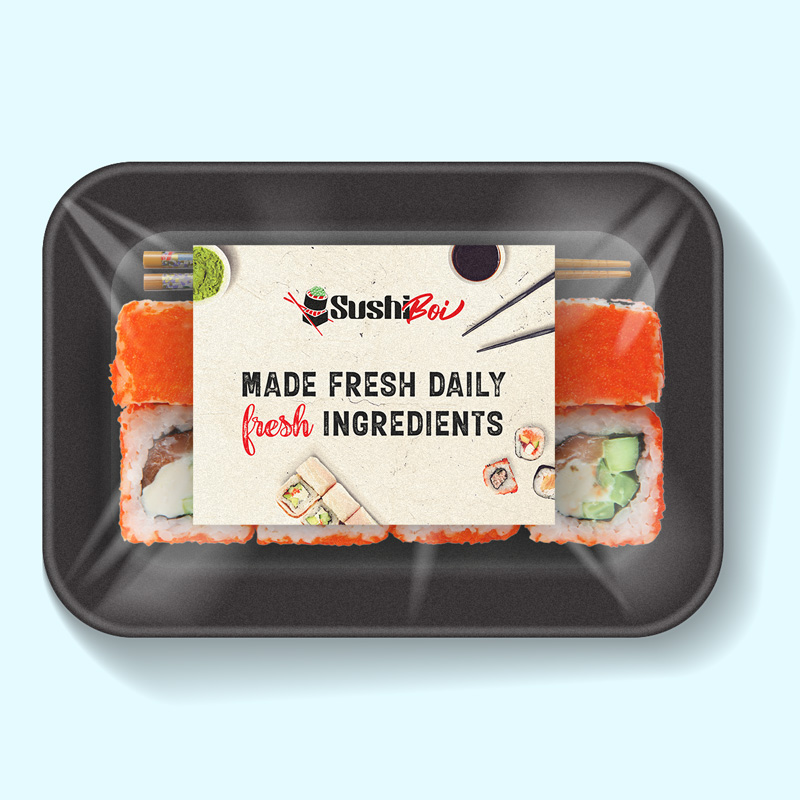
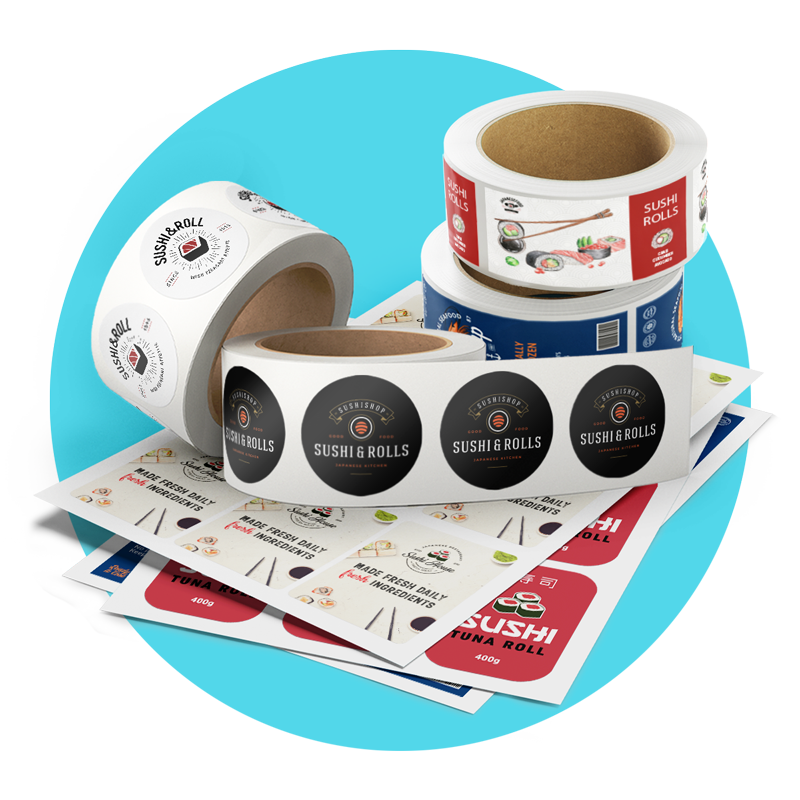
Sushi Labels: Tradition Meets Modern Packaging
Modern sushi recipes don’t have much semblance to the sushi that first appeared in Southeast Asia as a way to preserve fish. Over hundreds of years, sushi-making evolved – from pressing cleaned fish between rice and salt using a stone, to fermenting rice, adding vinegar to ingredients, and finally creating the sushi we know today.
It has traveled a long way – from modest street food to a high-end delicacy enjoyed in luxury venues, conveyor belt sushi restaurants, deli-style eateries, and even as ready-to-eat fast food in grocery stores.
FDA Guidelines for Sushi Packaging Labels
Sushi producers who package their products for supermarkets in the U.S. must meet Food and Drug Administration (FDA) labeling requirements. Sushi packaging labels must include:
Since many sushi products are distributed and stored frozen, labels must also indicate storage instructions such as: “Keep frozen until used.” This is particularly important for seafood, as thawing and refreezing can be unsafe.
Optional label information that producers may also include:
Best-before date • Storing and handling suggestions • Recipe origin details • Health claims (only if fully compliant with FDA regulations)
If a health claim is misleading or unsupported, the FDA can impose severe penalties.
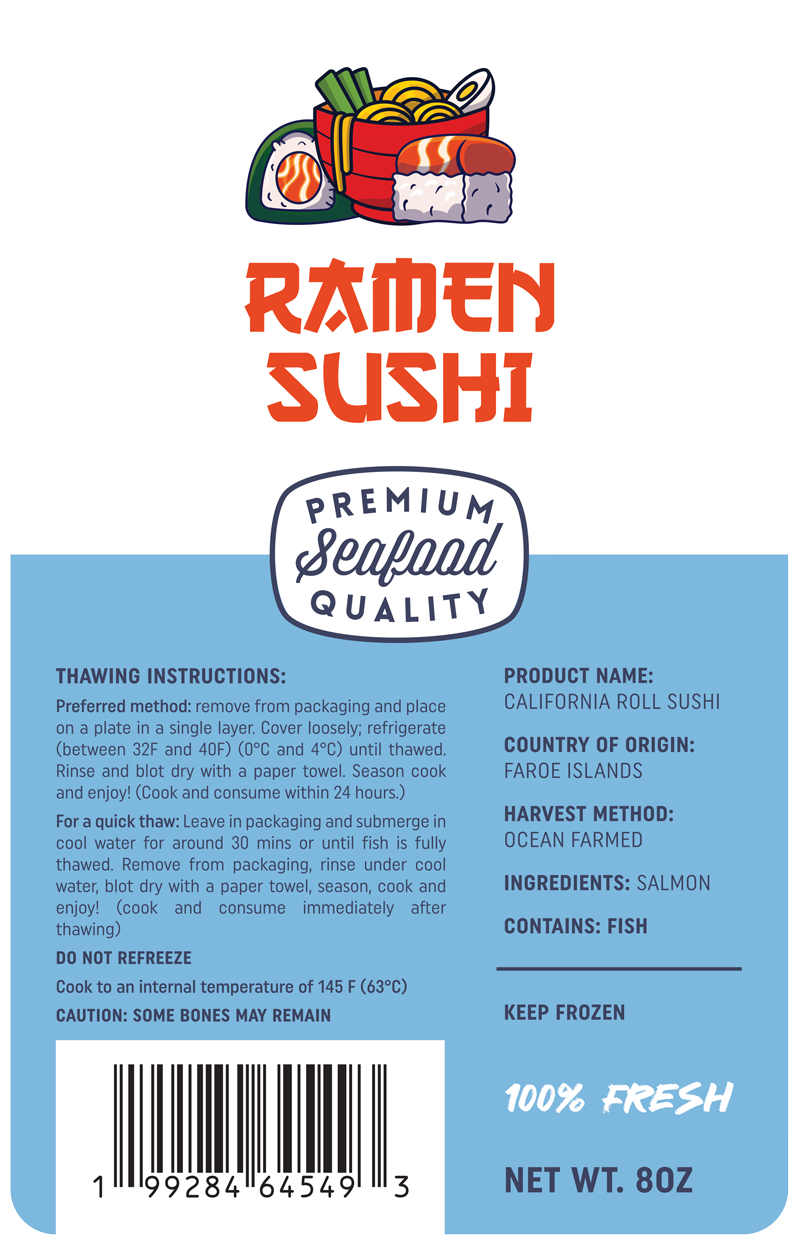
Choosing the Right Materials for Frozen Sushi Labels
Frozen sushi products require moisture-resistant, freezer-grade labels. These are made with strong adhesive and specialty materials like coated paper or vinyl to ensure labels remain intact in low temperatures.
Low-quality materials can cause labels to peel off in storage, which damages branding and consumer trust. At FreezerLabels.net, we help sushi manufacturers choose the right:
We offer both blank labels and fully custom-designed sushi stickers tailored to client specifications.
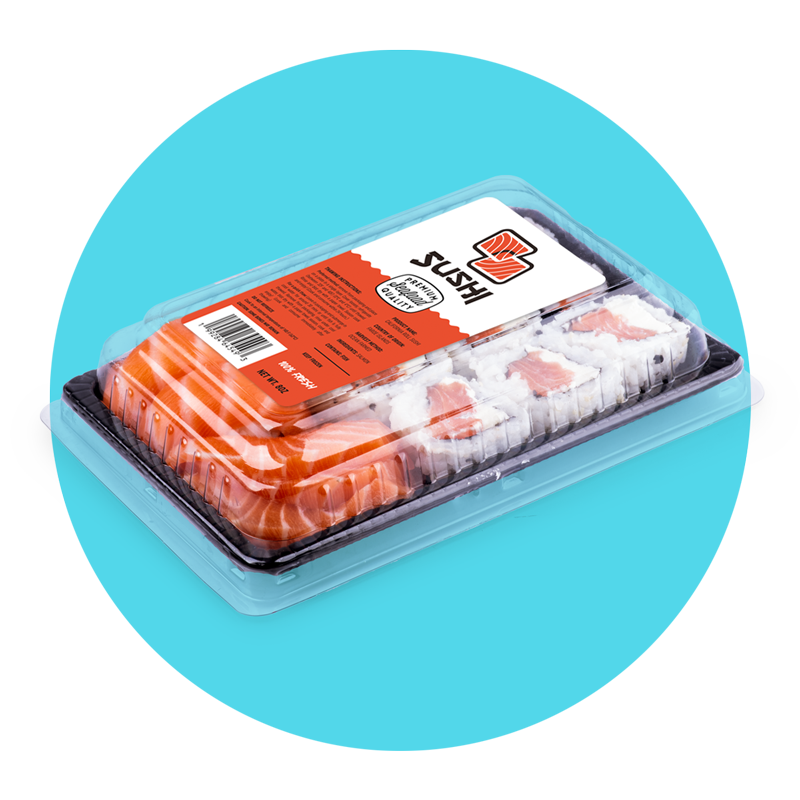
Two Options to Get a Price Quote
Configure & Price Your Label
Sushi Packaging Options and Labeling
Sushi packaging protects freshness, supports safe handling, and enhances product presentation. Here are the most common types, each of which can be paired with custom-printed sushi labels for branding, ingredient listing, and FDA compliance:
Eco-conscious sushi producers often choose recyclable or biodegradable packaging materials to appeal to environmentally aware customers.
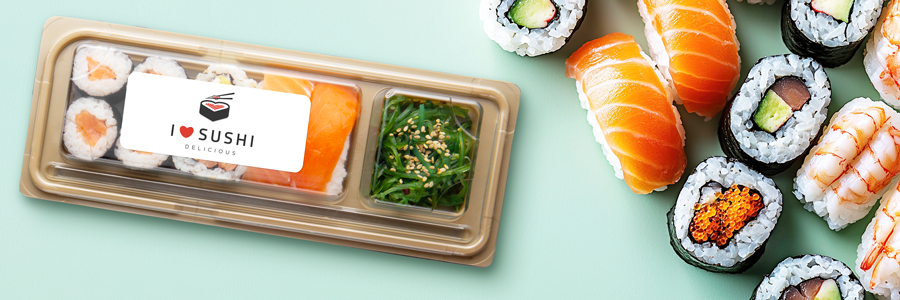
Interesting Sushi Facts
While the FDA warns about mercury in some fish, the USDA recommends eating seafood at least twice a week. Sushi has numerous benefits, and wasabi – a common sushi condiment – may:




